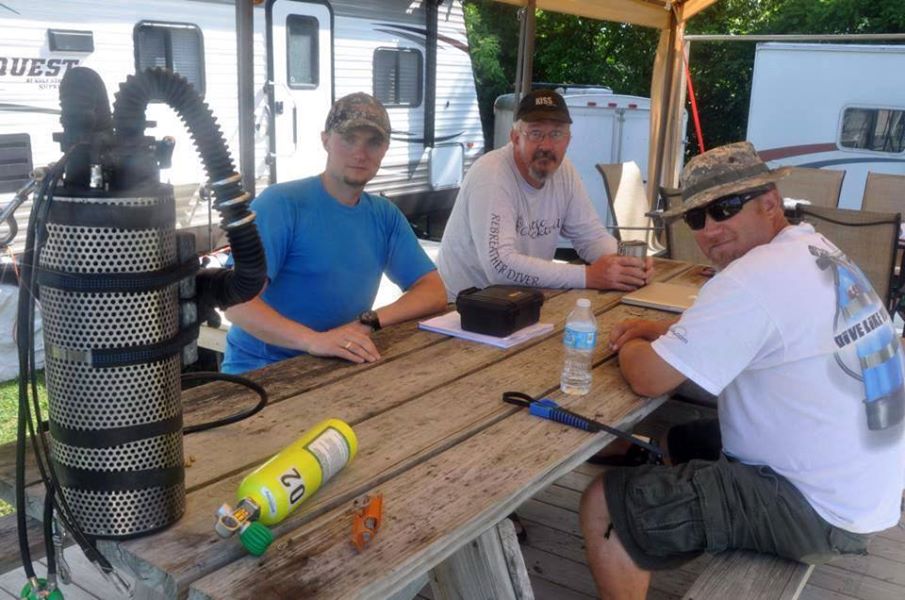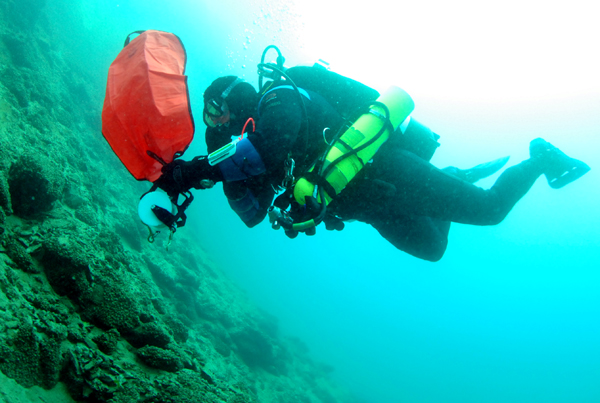 This was a very busy week in June. After packing the truck with five rebreathers, ten tanks, two drysuits, one wetsuit, camping gear clothes, sleeping bag and many spare parts, I headed out to Gilboa Quarry in Ohio. The week included two classes; one a GEM Semi-closed sidemount class, and the other a full CCR sidemount rebreather class.
This was a very busy week in June. After packing the truck with five rebreathers, ten tanks, two drysuits, one wetsuit, camping gear clothes, sleeping bag and many spare parts, I headed out to Gilboa Quarry in Ohio. The week included two classes; one a GEM Semi-closed sidemount class, and the other a full CCR sidemount rebreather class.
On arrival, half of the gear was unpacked and setup for the next days class. The first class was SCR using the GEM Sidekick sidemount rebreather. Balance, trim and proper buoyancy were some of the biggest issues. The rebreather operation was not as much parque acuatico hinchable a concern as proper position and weighting for the best work of breathing. I prefer to use an aluminum 80 for diluent / bailout. However the students were more accustom to steel tanks which required more weight to counter balance. We tried several different side mount harness during the class. Each had pros and cons. By the end of the class the divers were feeling much more confident and the buoyancy and trim were dialed in.
The next morning started the CCR Sidekick class. After classroom work and gear configuration we hit the water for more trim and buoyancy work. After a few dives and skills we were circling the quarry and starting our decompression dives.
On the next weekend we set up all of our rebreathers side by side to allow divers to go on demo dives. Divers tried out several different units. Others just stopped by to ask questions. All in all a great week of classes and diving.
